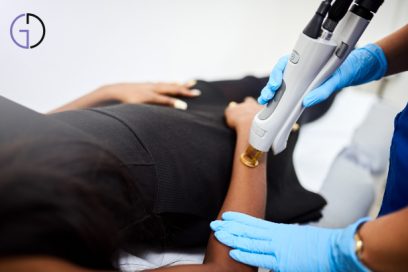
20 Reasons to Invest in an Eyelash Serum Now

All


The 17 Best Eye Creams for Mature Skin, According to Experts

I Wear This Face Moisturizer Every Single Day, and It Has Transformed My Sensitive Skin

Spring Skincare Routine: 6 Products Derms Say to Add to Your Routine

Lactic Acid Is The Gentle Exfoliant You Need To Help Reduce Acne And Fine Lines

3 Flight Attendants Reveal the Products That Help Keep Their Skin Moisturized at 36,000 Feet

How To Get Rid Of Whiteheads: 6 Derm Tips + Common Causes

Dermatologists say this skin care secret weapon is the “gold standard” — and it starts at $11
